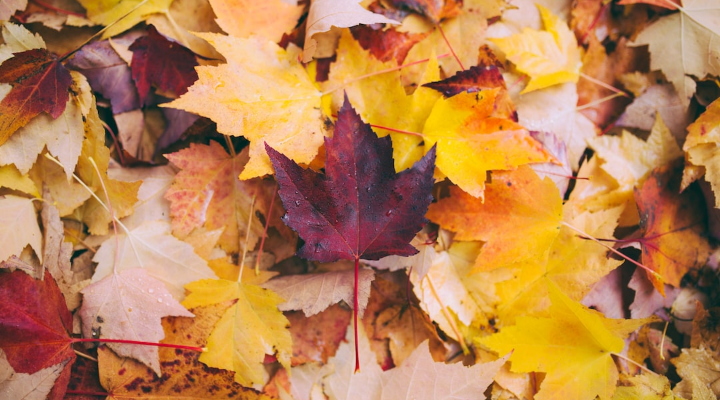When it comes to Fall, we start to think of colorful leaves, pumpkin spices goodies, the crisp air in the mornings, and of course – the holiday season just creeping around the corner. Weather is not the only thing that changes throughout the year, so do our lashes.
Stages of lash growth
Like hair, there is a growth cycle with lashes too – the three stages are called: Anagen (active growth phase), Catagen (transition phase), and Telogen (resting phase). Typically, a full lash cycle averages to about 60-90 days. When your natural lashes shed, another one is already awaiting its place. Depending on your lash cycle, generally, about 1-5 lashes shed per day, which is normal. However, Fall shedding starts around mid-September to mid-October, but remember, each person is different, depending on the overall health and nutrition. These factors can also lead to more shedding during this seasonal change.
Why do lashes shed during this time of year?
Changes in weather conditions and overall health and nutrition are key factors that can lead to shedding. Drier seasons can starve your lash follicles of nourishment and moisture, disrupting the growth cycle. This leads to premature shedding and slower lash growth. Also, allergies might be a factor for some people – with irritants and a lot of itchiness involved; we often tend to rub our eyes as a reflex. So when you see extensions shed more than usual around this season, it just means your lashes are fighting against this change and typically only last about four weeks into the season.
Things you can do
Lash shedding is normal, and some people experience it more than others. Staying hydrated and maintaining a balanced diet can help promote healthy lash growth. While there’s no need to be alarmed, consulting your lash artist is a wise move. They’re familiar with seasonal shedding patterns and can advise on lash styles that best suit your lashes’ current strength.

